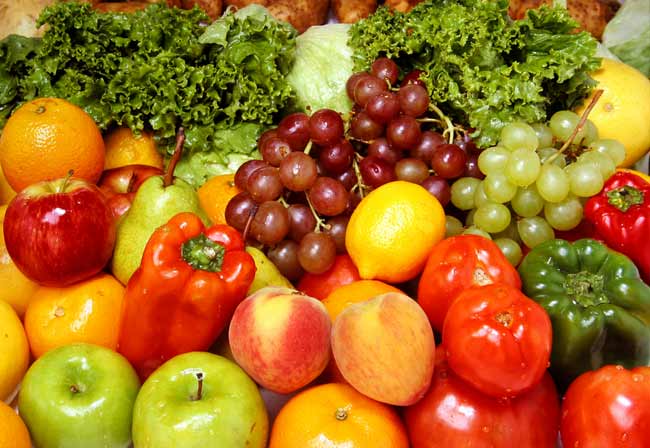Does Washing Lettuce Get Rid of Bacteria?

As the recall of tainted romaine lettuce expands, many plates could be devoid of the crisp veggie in an effort to stay healthy. That might be a good idea, according to experts who say that washing produce, even very carefully, may not remove all the bacteria present.
At least 19 people became sick last week including three with life-threatening symptoms, according to the Centers for Disease Control and Prevention (CDC).
An estimated 76 million cases of foodborne disease occur each year in the United States, according to the CDC, and the bacteria that cause these illnesses, such as Salmonella or E. coli, can hang on tight to food even through a washing.
"If you've got bacteria on the surface of fruits and vegetables, and you give them a wash with cold water, it removes some of what's on the surface," said Brendan Niemira of the USDA's Microbial Food Safety Unit in Pennsylvania. "Unfortunately, it [cold water rinsing] doesn't remove all of them, and that's a problem. If things are well-attached or living in a tight-knit community called a biofilm, that's going to be hard to get rid of."
Rough surfaces, like those on cantaloupes and spinach, provide lots of nooks and crannies in which bacteria can hide out, Niemira said. Tomatoes are much smoother, though their surfaces do contain tiny pores that make homes for bacteria.
You would want to wash rougher-surfaced fruit more carefully. Niemira cautions, however, too rough of a cleaning can bruise or tear the protective layer covering tomatoes and other fruits and vegetables.
"Most bacteria can't be washed off," agreed Doug Powell, associate professor of food safety at Kansas State University. And although it happens rarely, bacteria in soil can also be taken up by the roots of plants and remain inside the plant's veins, where they would be impossible to remove by washing.
Sign up for the Live Science daily newsletter now
Get the world’s most fascinating discoveries delivered straight to your inbox.
For vegetables and other foods that are eaten raw, the best way to prevent outbreaks like this one involving romaine lettuce is through cleaner farming practices, Powell said. When the water used to irrigate the food crops is drawn from wells that are near livestock, fecal bacteria can spread through the water to the food. And when manure is used to fertilize the soil, bacteria can easily colonize the plants. Farm workers need to be careful when they handle the crops, because bacteria on their hands can transfer to the crops, he said.
"We need to make sure that the water is clean, that some soil amendments aren't used, that the hands and the shipping containers that come in contact with the crops are clean, and that animals are kept away," Powell said.
Some crops may be more easily contaminated than others. The current outbreak is believed to be due to contaminated romaine lettuce, and Powell said the way romaine grows makes it easy for bacteria to take hold.
"New leaves grow up around the other leaves," within a head of romaine lettuce, Powell said, so bacteria find a sheltered environment between the leaves in which they can thrive. Although the disease-causing bacteria are also found in meat, cooking kills the bacteria.
"Fresh produce is the common source of outbreaks because it's eaten raw," Powell said, "And anything that comes into contact with it has the potential to contaminate it -- think about all of the places that produce goes after it leaves the farm."
Jeanna Bryner is managing editor of Scientific American. Previously she was editor in chief of Live Science and, prior to that, an editor at Scholastic's Science World magazine. Bryner has an English degree from Salisbury University, a master's degree in biogeochemistry and environmental sciences from the University of Maryland and a graduate science journalism degree from New York University. She has worked as a biologist in Florida, where she monitored wetlands and did field surveys for endangered species, including the gorgeous Florida Scrub Jay. She also received an ocean sciences journalism fellowship from the Woods Hole Oceanographic Institution. She is a firm believer that science is for everyone and that just about everything can be viewed through the lens of science.










